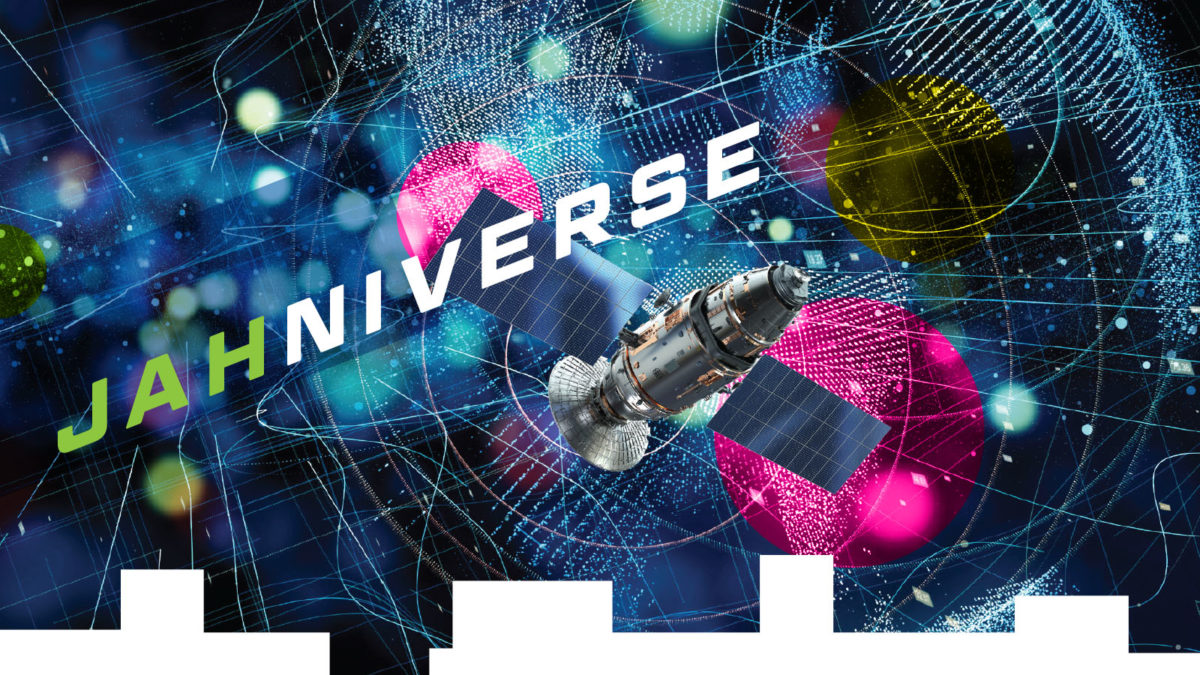Please stop pitting space travel against saving the home planet
By Moriba Jah|March 2023
In a BBC interview last month, Bill Gates said, “you can buy measles vaccines and save lives for a thousand dollars per life saved,” and that means “don’t go to Mars.”
We in the space community are used to hearing such false choices, as though every dollar directed away from sending humans to Mars would automatically go to vaccines and other human needs. Gates has done much good for society, but he’s wrong in this case. Instead of falling for this fallacy, we need to focus on the word “and,” as in we can love our planet and its inhabitants and go to Mars and begin to prepare for our long-term survival as a species.
Let’s first look at the role of Mars in that survival. On this point I’m going to need to sound a little like the character The Oracle in “The Matrix” movies. She hated “giving good people bad news” but did so anyway. In that spirit, while Mars could become our second home for a while, settling Mars won’t perpetuate our species. Here’s why: As astrophysicist Jillian Scudder has written, as our sun transitions into old age about a billion years from now, it will become about 10% brighter, and this will shift our solar system’s habitable zone outward beyond Earth to — you guessed it — Mars. So settling Mars could indeed extend humanity’s existence, but not forever. Our sun will eventually run out of hydrogen to burn at its core, and when that happens it will expand into a red giant that reaches beyond Venus. Sometime after that, it will stop producing heat.
We’re going to need to become an interstellar species if we are to avoid extinction. It’s that simple. Yes, we have millions of years to plan, but let’s not procrastinate. Let’s start thinking about how to survive and start doing some things toward that goal.
So, where might we resettle? The closest candidate star is Proxima Centauri, a mere 4.2 light years away in the Alpha Centauri system. Astronomers have scanned the region around this star, and they’ve identified one planet, Proxima b, in its habitable zone. It might not be habitable for us, but let’s assume for the sake of argument that it is, and that it will stay that way for billions of years. If you were a photon, a quantum of light, you’d be massless and able to travel there in 4.2 years, assuming an unobstructed path through the vacuum of space. With our current technology, it would take longer — about 6,300 years.
If we wanted to send people now, we would need to make sure that our species doesn’t die on the way due to a shallow genetic pool. It would take a minimum of 49 genetically diverse couples to ensure our survival, according to a 2018 estimate by researchers Frédéric Marin of the Strasbourg Astronomical Observatory and Camille Beluffi (now Marin) then of Casc4de, a biotechnology research company in Strasbourg, France.
Caution: I’m about to present some frank talk about the social challenges of ensuring the necessary genetic diversity en route. In one view, prohibiting intercourse in favor of in vitro fertilization would be necessary: Don’t get the wrong person pregnant, because you’ll need to feed this growing person, even though this person’s genes won’t contribute to the necessary diversity. Thinking about humans this way reflects a faulty assumption, and one that’s common in movies that depict us going to other planets or star systems: the belief that people can thrive in the absence of everything we have evolved with and are accustomed to. In reality, most of us need physical contact and intimacy with another human, and also connections to our earthly surroundings. We evolved with plants, animals, furry companions, sunrises and sunsets, the smell of manure, clouds, lemonade and more. We need to feed our minds, feelings and spirits, as well as our bodies. We are not just organic lifeforms undergoing chemical and biological processes. Without these intangibles, a society trapped on a spacecraft won’t have the ability to settle disputes or creatively solve the many technical and other problems that will inevitably arise during this multigenerational journey.
Overall, we have an expansive set of challenges ahead of us if we want to survive our star’s demise. We will need to achieve interstellar travel and find a habitable planet — and not just for ourselves, but also the key plants and creatures we have evolved with. Humanity, viewed holistically, consists of more than humans.
Returning to the topic of vaccines, I have nothing against those, and in fact we will need the wherewithal to develop new ones during the journey. But we also need to take the first small steps toward carrying our experiences to another star in a reasonable timeframe. It’s beginning to happen, an example being the Breakthrough Starshot initiative, in which technologists aim to flight test light-driven spacecraft and within a generation send one to Alpha Centauri. We need more such projects. The time to get serious about this was last week.








